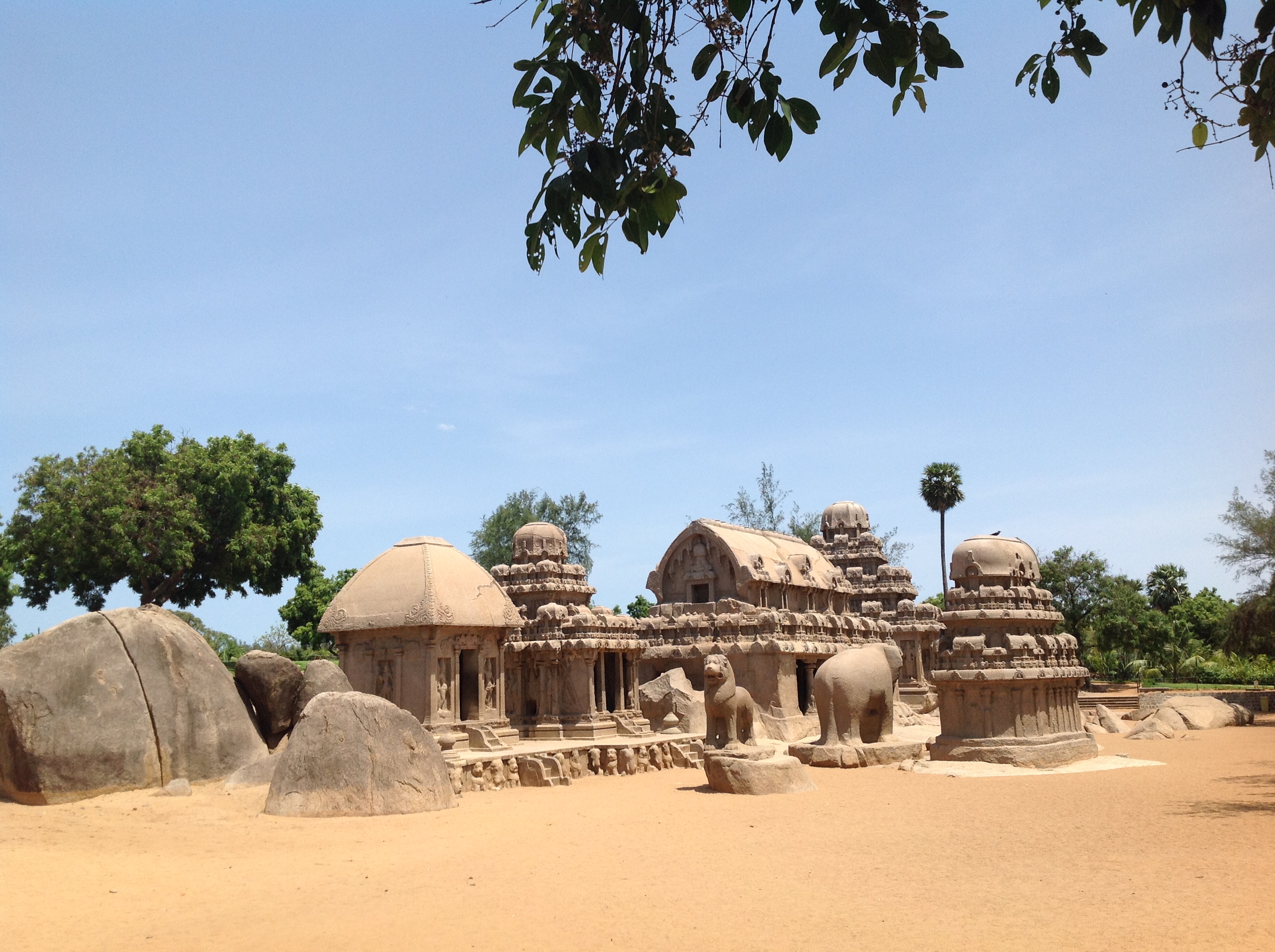Mahabalipuram's coastal landscape is a testament to the remarkable Pallava dynasty's artistic and architectural prowess. Nestled along the Bay of Bengal, this historic town encapsulates centuries of cultural richness, maritime trade, and architectural innovation that defined South Indian civilization during the 3rd to 9th centuries AD.
The Shore Temple, a UNESCO World Heritage Site, stands as the most iconic symbol of Mahabalipuram's historical significance. Constructed during the reign of Narasimhavarman II, this five-story structural marvel beautifully demonstrates the intricate craftsmanship of the Pallava artisans. Its pyramidal design and strategic orientation, allowing the first rays of sunrise to illuminate the presiding Shiva deity, showcase the sophisticated architectural understanding of ancient Indian builders.
Maritime history intertwines deeply with Mahabalipuram's narrative. As a crucial trading hub, the town connected India with Southeast Asia, China, and other distant regions. The strategic location along maritime routes enabled cultural exchanges and economic prosperity that went far beyond mere commercial transactions. Merchants, travelers, and artists traversed these waters, bringing with them stories, techniques, and cultural influences that enriched the region's tapestry.
Legends and mysteries add another layer of intrigue to Mahabalipuram's landscape. The town's association with the mythical Seven Pagodas has captivated historians and explorers for generations. Local folklore and archaeological evidence suggest the existence of submerged temples and structures, with the 2004 tsunami unexpectedly revealing hidden bronze statues and architectural remnants that deepened the area's mystical allure.
The architectural brilliance of Mahabalipuram extends beyond the Shore Temple. Rock-cut caves, monolithic rathas, and intricate bas-reliefs tell stories of divine legends and royal patronage. These monuments, created under rulers like Mahendravarman I and Narasimhavarman I, reflect not just artistic skill but also the complex social and religious dynamics of the Pallava period.
The town's name itself carries historical significance. "Mamallapuram," derived from the Sanskrit term referencing Mamalla—a title of Narasimhavarman I—connects the location directly to its royal heritage. The mythological connection to Mahabali, the legendary demon suppressed by Vishnu, further enriches the cultural narrative, blending historical fact with spiritual mythology.
Modern Mahabalipuram continues to be a vibrant destination that harmoniously blends natural beauty with historical depth. The golden sands and gentle waves of the Bay of Bengal provide a serene backdrop to these ancient monuments. Visitors can explore rock-cut temples, enjoy water activities, and immerse themselves in a landscape where every stone and wave carries centuries of stories.









